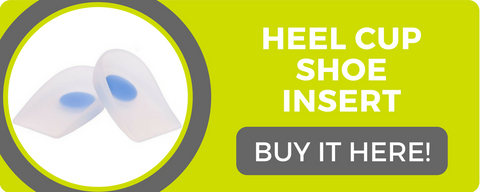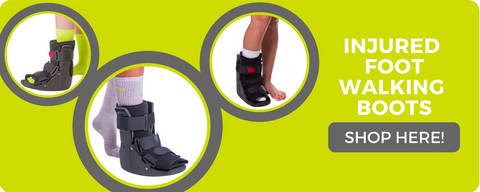Pain in Ball of Foot
Anatomy of Your Foot
Your feet are constantly in use. It’s no wonder that they are a very common source of pain. With 26 bones, 33 joints, 19 muscles and 107 ligaments, there’s a lot going on down there! Over our lifetime, at least 80 percent of us will have a problem with our feet at some time or another.
Your feet are divided into three sections:
- Five toes (phalanges) and five longer bones (metatarsals). The metatarsals are labeled 1 through 5. The first metatarsal is located at your big toe and the fifth metatarsal is located at your little toe.
- The midfoot which forms the arches of your feet. This section includes three cuneiform bones, the cuboid bone, and the navicular bone.
- The hindfoot which forms the heel and the ankle. This section includes the talus bone, which supports the leg bones, forming the ankle. It also includes the calcaneus bone, or heel bone, which is the largest bone in the foot.
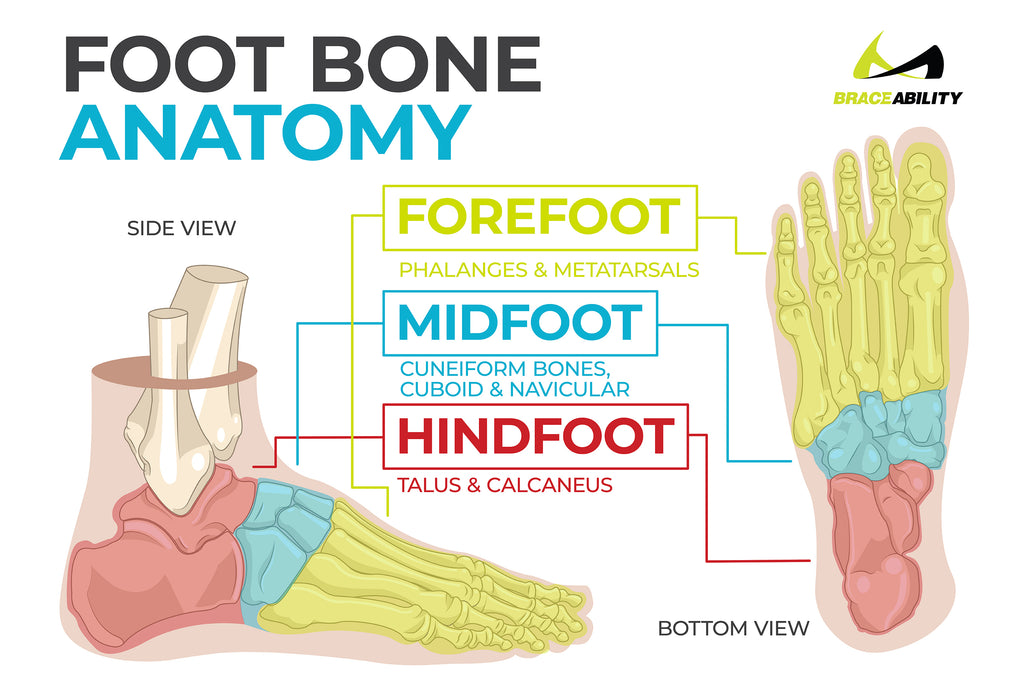
The muscles, tendons, and ligaments run along the surfaces of your feet, allowing complex movements. Without them, we would not be able to balance or move freely. The Achilles tendon is very important because it connects the heel to the calf muscle, allowing for jumping, standing on your tip-toes and running.
Why You Have Pain in the Ball of Your Foot
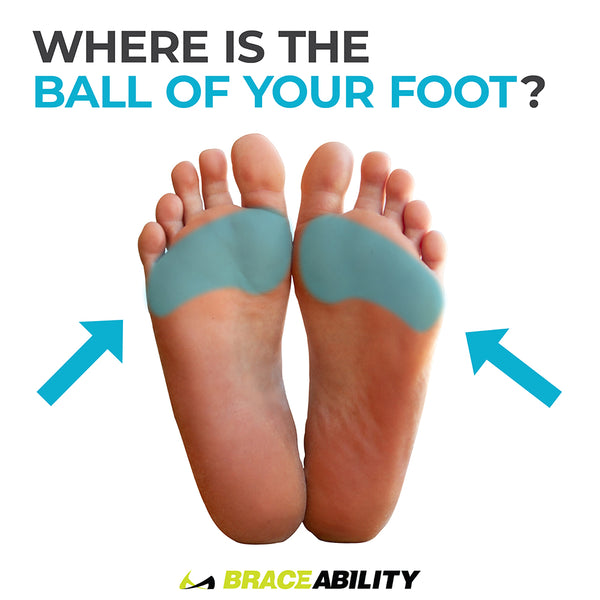
As we grow older, the fat pad in our foot tends to thin out. This causes us to be more susceptible to pain in the ball of our foot. Over our lifetime, at least 80 percent of us will have a problem with our feet at some time or another. There are many variables that affect the condition of our feet: occupation, activity level, and most commonly, our shoes. Those variables can lead to an array of conditions that cause the ball of your foot to hurt or be sore.
Common causes of ball-of-foot pain include:
- Intense physical activity
- Having a high arch or a second toe longer than the big toe
- Stress fractures
- Wearing high heels or shoes that are too small
- Hammer toe and bunions
- Being overweight
- Metatarsal joint pain or arthritis
How To Help Ball of Foot Pain When Walking
In order to help your pain, the first step you take should be to ensure you are wearing footwear the is supportive and fits properly. This alone can help to relieve any pain you are experiencing. If you have done that, shoe inserts that support your arch or metatarsal can provide relief as well.
It may also help you to less any strenuous activity you are involved in. By taking the weight off your feet, the pain in your foot will subside. Using ice or heat therapy can also be a good option is swelling is occurring.
Top 4 Conditions Which Cause Pain in the Ball of Your Foot
-
Stone Bruise... Wait, what even is a stone bruise?
Stone bruise is another name for metatarsalgia. Metatarsalgia is the medical term for ‘ball of foot pain’. The pain that results from metatarsalgia is typically located under the 2nd, 3rd, and 4th metatarsal heads, or isolated at the 1st metatarsal head which is near the big toe.
A small nerve lies between the metatarsal bones. When the head of one metatarsal presses against another, the nerve gets caught between them, causing inflammation.
This condition is most commonly caused by improperly fitting footwear like women’s dress shoes or other restricting shoes of that nature. If your footwear has a narrow toe area, it forces the ball-of-foot area into a small amount of space. Metatarsalgia can also be caused by an excessive amount of pressure being placed on the ball of the foot.
You might have Metatarsalgia if:
- Pain is primarily located at the ball of the foot
- Numbness where the toes meet the foot
- Pain ranges from dull to aching to sharp
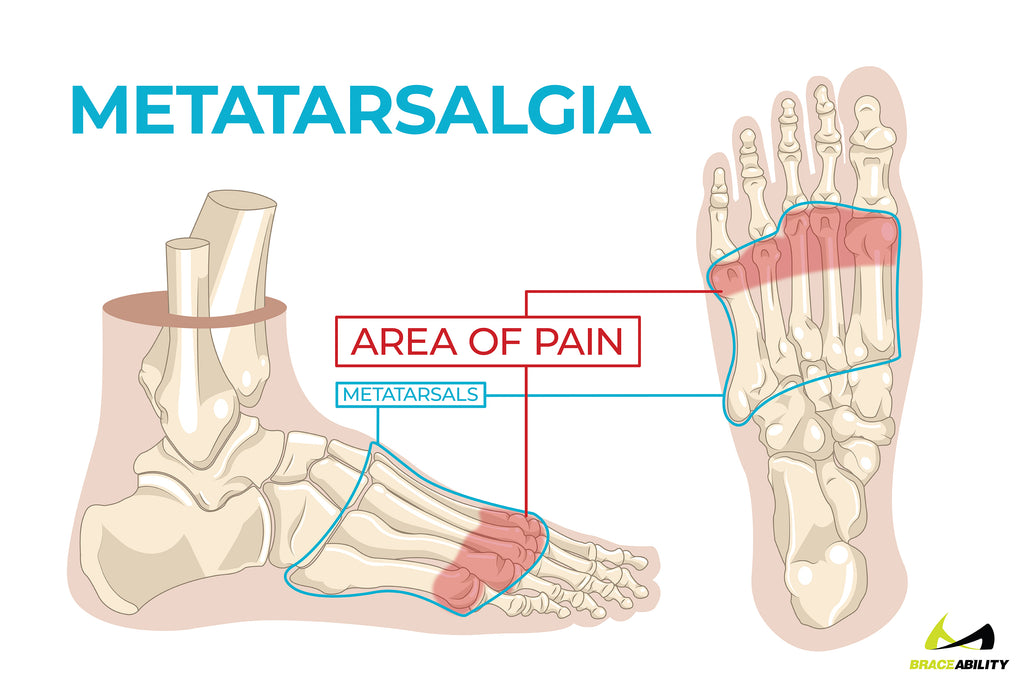
-
Morton’s Neuroma
Morton’s neuroma refers to a condition where the tissue around the nerve leading to the toes thickens or swells, causing severe pain in the ball of the foot that is often described as a burning sensation. This condition typically occurs between your third and fourth toe, near the middle of your foot. It is caused by the thickening of tissues around the nerves.
Similar to metatarsalgia, Morton’s Neuroma is thought to be linked to wearing high-heeled or tight shoes. Foot deformities like bunions, hammer toe or flat feet are also thought to be tied to Morton’s neuroma.
Treatment for Morton’s neuroma typically involves switching to better shoes for the ball of foot pain and the use of shoe inserts, such as arch supports or foot pads.
You might have Morton's Neuroma if:
- You feel as if you’re standing on a pebble
- You have a sharp, burning pain in the ball of your foot
- You experience tingling or numbness in your toes
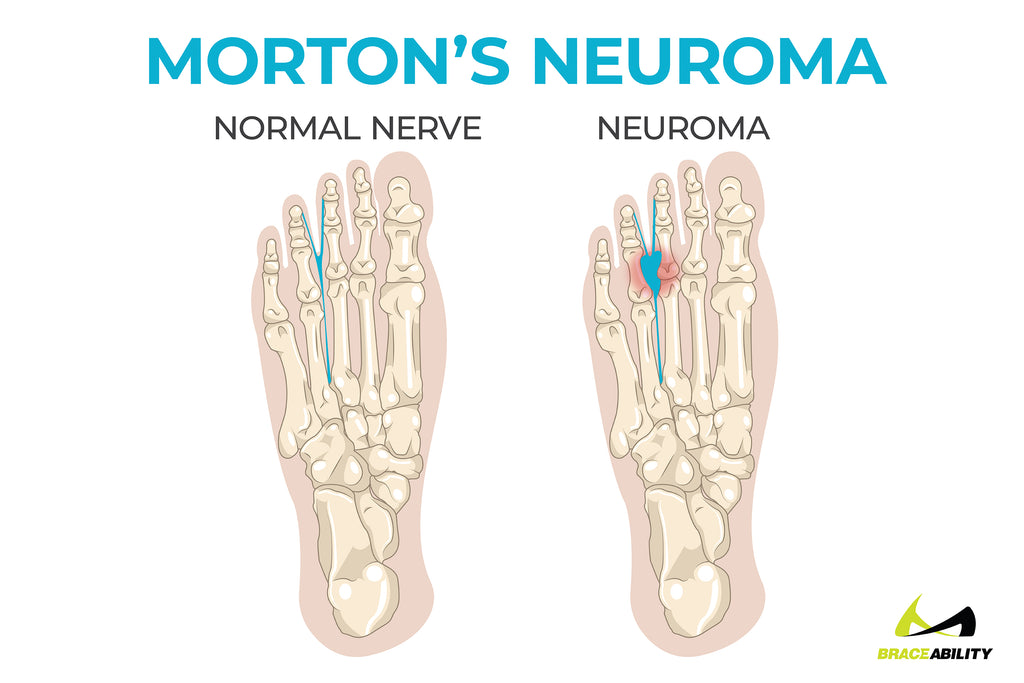
-
Sesamoiditis
The sesamoiditis bones function like pulleys, improving the ability of the tendons to lift the big toe and for the ball of the foot to withstand the weight. These bones are a pea-like size and connect to your tendons instead of other bones.
These sesamoid bones can be fractured or the tendons around the bones can become inflamed. The inflammation of the tendons around the sesamoid bones is known as sesamoiditis and is a form of tendonitis.
Activities that put a lot of pressure on the forefront of the foot are typically the culprit. For instance, this is one of the more common ballet foot injuries. It is often seen fairly frequently among catchers in baseball or softball. This can also be the cause of ball of foot pain from running.
Treatment for sesamoiditis involves stopping the problematic activity, resting and applying ice to the injured foot and using orthotics for the ball of foot pain. This might include wearing a foot pad under the toe and wearing low-heeled, comfortable shoes with a soft sole. In some instances, a steroid injection or taping the big toe in a slight downward flexion may be helpful. If this does not take care of the foot pain at the ball of the foot, you may need to wear a short foot fracture brace for a period of time.
Treatment for the ball of foot pain stemming from a fractured sesamoid entails wearing either a stiff-soled shoe or a short leg fracture brace or taping the joint to limit the movement of the big toe. Inserting a pad in the shoe under the affected region can also help with the pain, as can taking over the counter pain relief medication.
View all of BraceAbility's treatments for foot conditions.
You might have Sesamoiditis if:
- You have pain under your big toe
- Your foot is swollen and bruised
- You are unable to bend or straighten your big toe
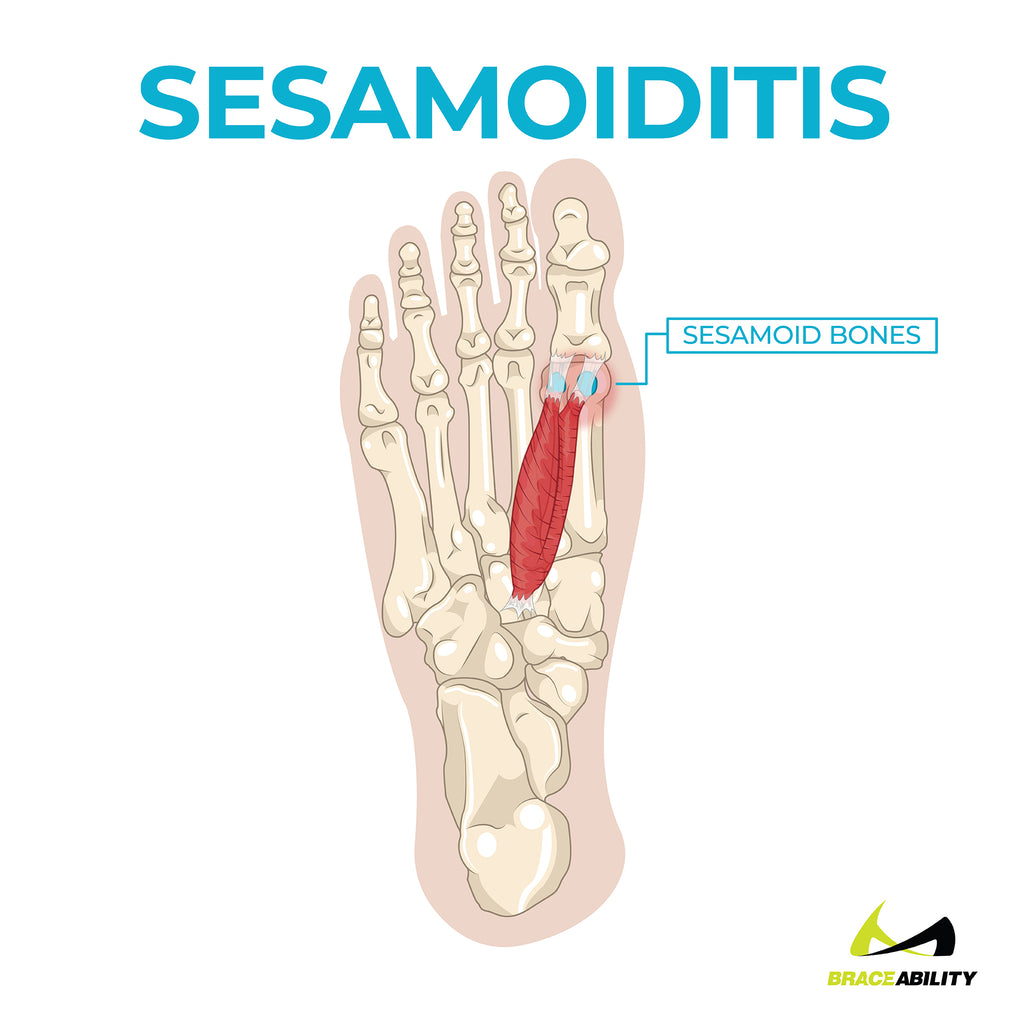
-
Freiberg’s Disease
Freiberg’s Disease is a somewhat rare condition that affects the second or third metatarsal. This disease is typically diagnosed in children ages 10-20 but can be found in people of all ages.
This disease occurs when a portion of the metatarsal head loses its structural integrity, which leads to a collapse of the joint surface and pain in the second or third metatarsal.
To treat this disease, patients can use a walking boot in early stages. A shoe insert can also be beneficial.
You might have Freiberg’s Disease if:
- You limp due to pain
- Stiffness and pain in the front of the foot
- Pain occurs after weight-bearing activities







